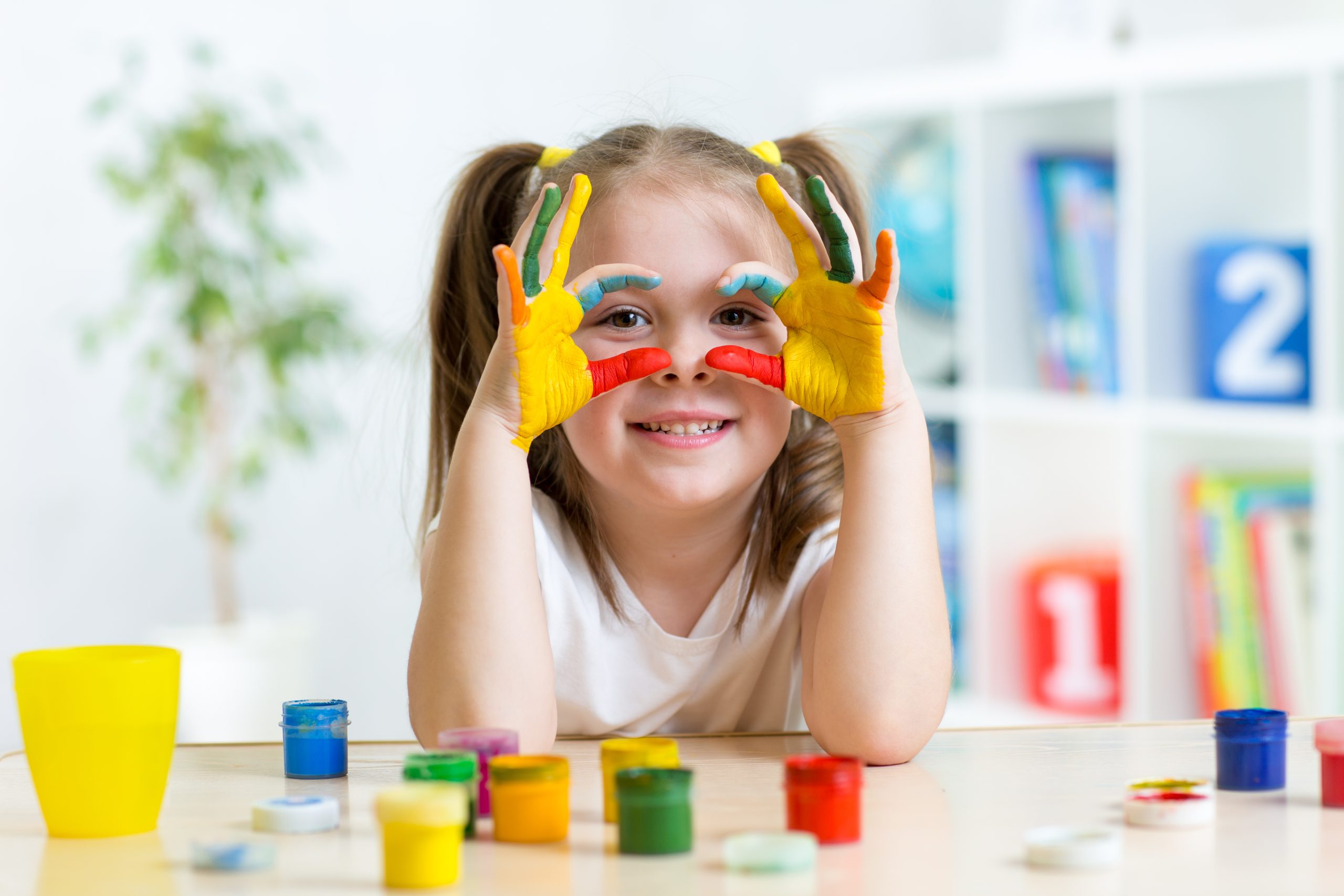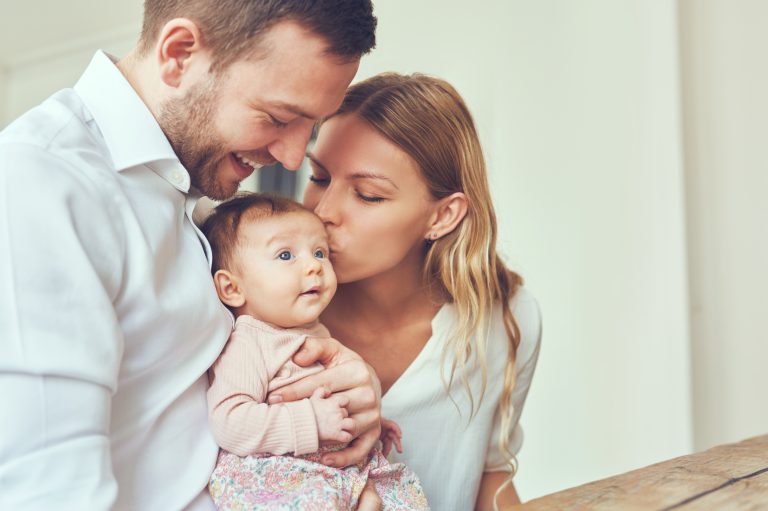When children reach the age of 4-5, they begin to recognise colours. While painting, they make random drawings and paintings without deciding on colours. After this age, they start to use colours more consciously. The colours children use before school age are not directly related to real life. For example, they may draw a red person, a green sun, or a blue dog. They usually use their favourite colours when drawing pictures of people they love, and children communicate psychological messages to their parents through the colours and drawings they use.
Warm Colours Represent Harmony & Cool Colours Represent Restlessness
Children who usually choose warm colours are observed to be more mild, affectionate, and harmonious, while those who choose cool colours tend to be restless, stubborn, irritable, and exhibit aggressive behaviour. This situation can vary during the developmental process, transitioning from warm colours to cool colours, and vice versa.
There is a relationship between the colours children use in their drawings and their emotional responses. You may observe that they use warm colours when drawing pictures they love and cold colours when drawing pictures they dislike. Especially when drawing negative characters, they predominantly use black. The importance of colours is significant not only in emotional development but also in physical development.
The Effects of Colours on a Child’s Emotional and Physical Development
- Red: The intensive use of the colour red in drawings may reflect energy, hatred, violence, intensity, or illness.
- Pink: It is a less impactful colour than red. It represents calmness and happiness.
- Orange: It is a tone of anxiety. Children who predominantly use this colour may be prone to hyperactive development.
- Yellow: The predominant use of this colour represents that your child is peaceful, energetic, and attached to things they love.
- Blue: It represents a sense of trust. Children with a calm demeanour tend to use this colour more intensively in their drawings. They have no difficulty controlling their emotions.
- Green: Children who predominantly use this colour in their drawings can be described as confident, displaying more mature attitudes compared to their peers, and able to control their emotions.
- Purple: It represents a sense of responsibility, a tendency to be controlled by others rather than oneself, and a calm character.
The Language of Colours in Children’s Eyes
Children enjoy seeing colours in every aspect of their lives. Therefore, it is important to make decisions together when choosing clothes and leave the choice of colour when buying toys to them.
You can arrange the room colours in a soothing order when your baby is born. Since the baby will spend most of its time sleeping and resting on the mother’s chest, the colours used in the room should provide peace to both the baby and the mother.
Babies can see bright colours in the neonatal period. Red is their most preferred colour because it is the quickest and easiest colour for them to perceive. You can choose prominent and bright colours in toy selection, although not in decoration.
Your child may not have the same preferences as you when choosing clothes, painting, or buying toys. You should understand this situation with understanding. The variety of colours you choose as parents, the colours you use in your home decor, and the colours you prefer in your clothing also affect your child’s preferences. The more colour options your child has from the beginning, the more enjoyable it will be for them to make their own choices.




